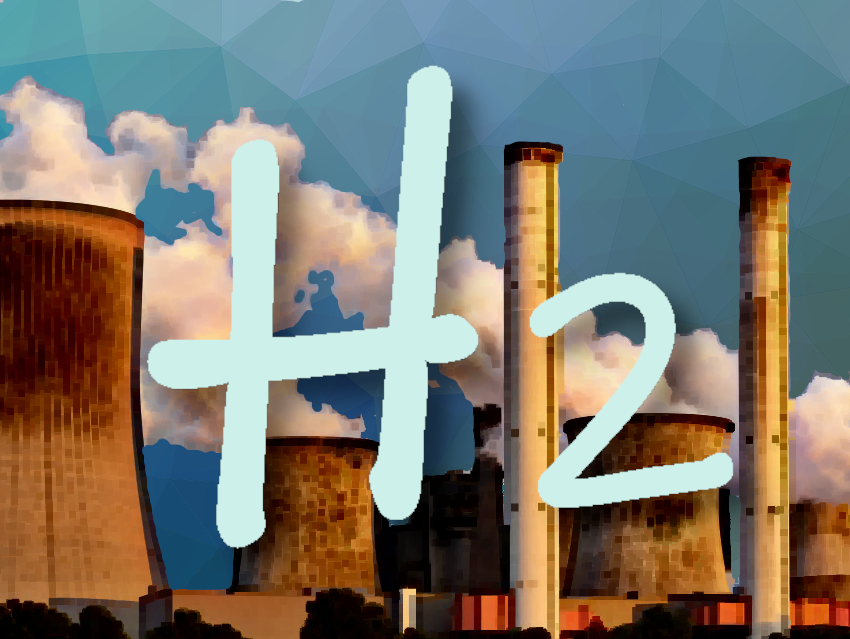Mitsubishi Power Americas and Magnum Development, through their joint venture, Aces Delta, are beginning construction of an expansive 300 GWh underground storage facility in Delta, UT, USA. The project includes two caverns in a geological salt formation, each with a storage capacity of 150 GWh, designed to store hydrogen produced from renewable energy sources. The caverns will provide a huge reservoir for green hydrogen produced from renewable energy sources for power generation. The project is called the Advanced Clean Energy Storage Project.
Excess renewable energy, such as wind and solar, during off-peak hours is used to inexpensively power electrolyzers that convert water molecules into “green” hydrogen and oxygen. The salt cavern storage capacity will allow excess renewable energy generated in the spring, when energy demand is low, to be stored and used to generate energy in the summer, when demand is high. The stored green hydrogen will then be used as a source of carbon-free energy to fuel an adjacent 840 MW hydrogen-capable gas turbine combined cycle power plant. This project is called the Intermountain Power Agency’s (IPA) IPP Renewed Project.
The power plant is scheduled to come online in 2025, initially running on a 30 % green hydrogen/70 % natural gas mix, with plans to transition to 100 % green hydrogen by 2045. The plant will be built to replace a retiring 1,800 MW coal-fired power plant. The project is estimated to help prevent 126,517 metric tons of carbon dioxide emissions annually.
This infrastructure, including the caves, will form the Advanced Clean Energy Storage Hub. Development of the project began in May 2019. The Advanced Clean Energy Storage Hub will initially be designed to convert over 220 MW of renewable energy into 100 metric tonnes of green hydrogen per day. According to the company, one of the salt caverns at the Advanced Clean Energy Storage site has the capacity to store the entire state of California’s monthly demand for energy.
From this initial project, ACES Delta aims to deploy hydrogen hubs across the United States to accelerate and support the clean energy transition. The Advanced Clean Energy Storage Project has secured a $504.4 million loan guarantee from the U.S. Department of Energy’s Loan Programs Office.
- ACES Delta, LLC, Holladay UT, USA
- Loan Programs Office, ADVANCED CLEAN ENERGY STORAGE, US Department of Energy, Washington D.C., USA. (accessed January 16, 2023)




